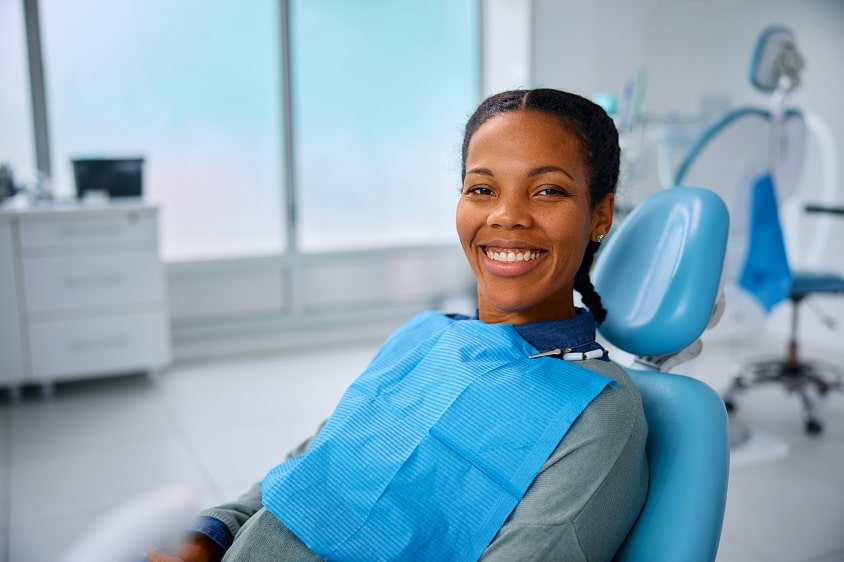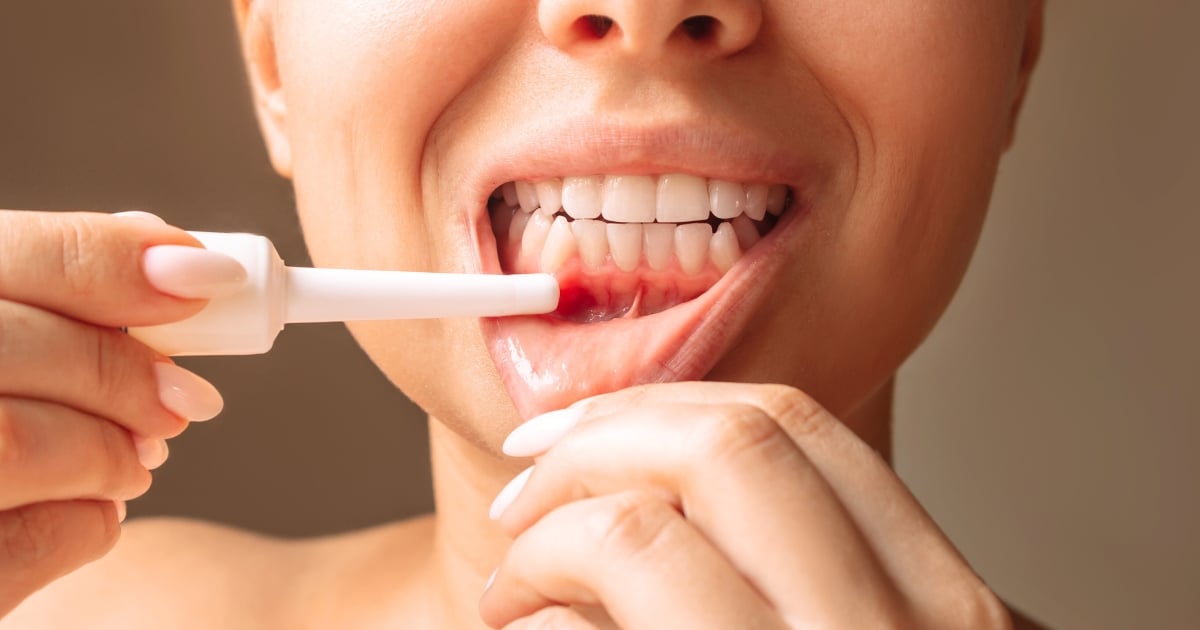
Quality sleep is fundamental to overall well-being, and when sleep apnea disrupts this vital aspect of life, finding the right treatment becomes paramount. In Pasadena, CA, where health and wellness thrive, it’s essential to navigate the options effectively. This introduction lays the foundation for a comprehensive guide on selecting the most suitable sleep apnea treatment. From understanding the different types of sleep apnea to exploring treatment modalities like CPAP, dental appliances, and lifestyle adjustments, this guide aims to empower you with the knowledge needed to make informed decisions about your sleep health. Discover a pathway to restful nights and improved quality of life in Pasadena, CA.
Understanding Sleep Apnea
1. Types of Sleep Apnea: There are three primary types of sleep apnea: obstructive sleep apnea (OSA), central sleep apnea (CSA), and complex or mixed sleep apnea. Each type has distinct characteristics and causes.
2. Symptoms and Consequences: Sleep apnea can lead to symptoms like loud snoring, daytime fatigue, and interrupted sleep. Left untreated, it can contribute to serious health issues, including hypertension, heart disease, and impaired cognitive function.
Diagnosis and Assessment
1. Sleep Studies: Diagnosis often requires undergoing a sleep study, such as polysomnography or home sleep apnea testing, to monitor sleep patterns, breathing, and oxygen levels.
2. Consultation with Healthcare Professionals: Consulting with sleep specialists, pulmonologists, or otolaryngologists in Pasadena, CA, is essential for a thorough evaluation. They assess the severity of sleep apnea and its underlying causes to determine the most appropriate treatment.
Treatment Options
1. CPAP Therapy: Continuous Positive Airway Pressure (CPAP) therapy involves using a machine that delivers a constant stream of air pressure through a mask to keep the airway open during sleep.
2. Oral Appliances: Dental appliances or oral devices, also known as mandibular advancement devices (MADs) or tongue-retaining devices (TRDs), can help reposition the jaw and tongue to prevent airway obstruction.
3. Lifestyle Modifications: Lifestyle changes like weight loss, avoiding alcohol and sedatives, sleeping on your side, and maintaining a regular sleep schedule can complement treatment.
4. Surgical Interventions: Surgical options, such as uvulopalatopharyngoplasty (UPPP), genioglossus advancement, or maxillomandibular advancement, may be considered for severe cases or when other treatments are ineffective.
5. Positional Therapy: Some individuals with positional sleep apnea may benefit from positional therapy devices or techniques to encourage sleeping in specific positions that reduce airway obstruction.
6. BiPAP and Adaptive Servo-Ventilation (ASV): These advanced positive airway pressure devices offer different pressure levels for inhalation and exhalation, providing more customized treatment for specific types of sleep apnea.
7. Nasal EPAP Devices: Expiratory positive airway pressure (EPAP) devices attach to the nostrils and use your breath to create positive pressure, helping keep the airway open.
8. Neuromuscular Stimulation: This therapy involves implanting a device that stimulates the hypoglossal nerve to prevent airway collapse during sleep.
Seeking Professional Guidance
1. Consult Sleep Specialists: Consult sleep specialists or pulmonologists in Pasadena, CA, who specialize in diagnosing and treating sleep disorders. They can provide expert guidance on selecting the most appropriate treatment based on your specific condition.
2. Personalized Treatment Plans: These specialists will tailor a personalized treatment plan, taking into account the severity of your sleep apnea, any underlying causes, and your individual preferences and needs. Their expertise ensures you receive the most effective care.
Lifestyle Modifications
1. Weight Management: Losing excess weight, if applicable, can significantly reduce the severity of obstructive sleep apnea. Maintaining a healthy weight through diet and exercise can improve airway function.
2. Sleep Position Adjustments: Sleeping on your side instead of your back can help prevent airway obstruction and reduce the frequency of apneas. Special pillows or positional therapy devices can aid in maintaining the desired sleep position.
CPAP Therapy
1. CPAP Machine: The treatment employs a CPAP machine that delivers a constant flow of air through a mask worn over the nose or both the nose and mouth.
2. Airway Openness: The continuous air pressure generated by the machine helps keep the airway open during sleep, preventing apneas and allowing for uninterrupted breathing, resulting in improved sleep quality and reduced daytime symptoms.
Dental Appliances
1. Custom-Fitted Devices: These oral appliances are custom-made to fit your mouth comfortably. They work by repositioning the jaw and tongue to prevent airway obstruction during sleep.
2. Effectiveness in Mild to Moderate Cases: Dental appliances are often recommended for individuals with mild to moderate obstructive sleep apnea or as an alternative when CPAP therapy is not tolerated. They are comfortable, easy to use, and can significantly improve sleep quality by reducing the frequency of apneas.
Lifestyle Adjustments and Sleep Hygiene
1. Maintaining a Sleep Schedule: Consistency in sleep and wake times helps regulate your body’s internal clock and can improve sleep quality. Avoiding irregular sleep patterns is crucial.
2. Creating a Sleep-Friendly Environment: Make your sleep environment conducive to rest by keeping the bedroom dark, quiet, and at a comfortable temperature. Reducing exposure to screens and minimizing noise can enhance sleep quality.
Cost and Insurance Considerations
1. Treatment Costs: Understand the potential costs associated with different treatment options, including CPAP machines, dental appliances, surgery, and follow-up appointments. Request cost estimates from healthcare providers in Pasadena, CA.
2. Insurance Coverage: Check your health insurance policy to determine what sleep apnea treatments are covered and the extent of coverage. Some policies may require pre-authorization or specific documentation, so be prepared to navigate the insurance process.
Making an Informed Decision
1. Consulting Healthcare Professionals: Discuss your diagnosis, treatment options, and preferences with sleep specialists, pulmonologists, and dentists in Pasadena, CA. They can provide valuable insights and recommendations based on your unique needs.
2. Consideration of Individual Factors: Consider factors like the type and severity of sleep apnea, your comfort with treatment options, lifestyle, and insurance coverage. Weigh these factors to choose the treatment that best suits your specific circumstances and promotes better sleep and overall well-being.
Source: UMMCVideos
In conclusion, choosing the right sleep apnea in Pasadena, CA, requires a multifaceted approach. Understanding the condition, seeking professional guidance, and considering various treatment modalities, including CPAP therapy, dental appliances, and lifestyle adjustments, empowers individuals to make informed decisions that lead to improved sleep quality and overall health.


